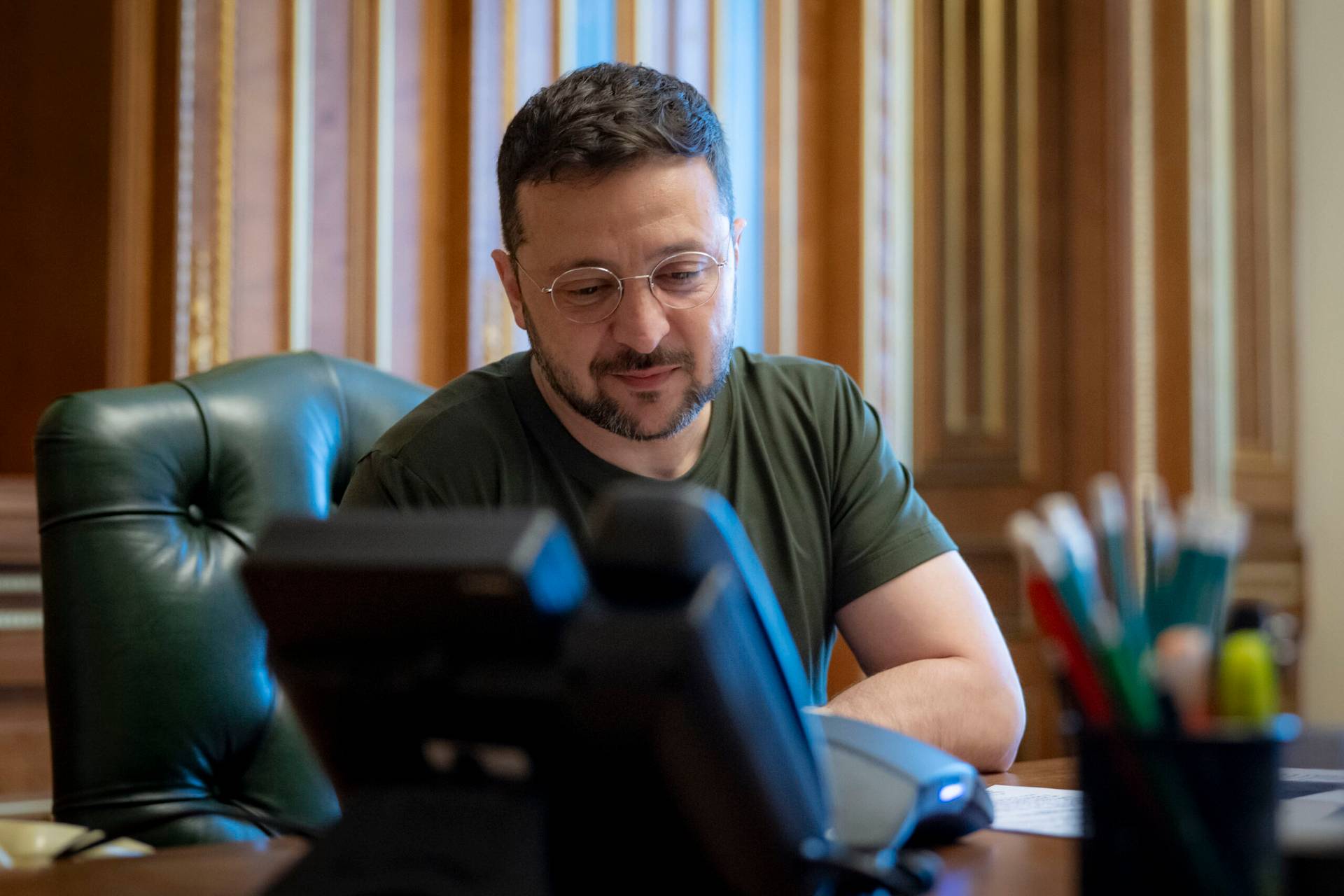ROME — As most of Italy eased COVID-19 restrictions in late April, most residents of Italy’s assisted living and nursing homes were locked in “an eternal red zone” — not leaving the facilities, not having any visitors and, in more than half the homes, not even having access to video calls with loved ones, according to the Community of Sant’Egidio.
As of April 10, the Italian health ministry reported that 91 percent of residents in assisted living and nursing homes had received at least one dose of the COVID-19 vaccine and that 75 percent of the residents had received both doses. Overall, by April 28, Italy had fully vaccinated just over 9 percent of its population.
But the vaccinations and the lower infection rates — by April 28 the infection rate was 37 percent of what it had been at the peak in November — had not changed the strict lockdown that most residents of homes for the elderly had been experiencing since early March 2020.
Presenting the results of a survey of 240 institutions for the elderly in 11 cities all over the country, Marco Impagliazzo, Sant’Egidio’s president, said the situation should cause “moral indignation.”
The high infection rates that decimated homes for the elderly in 2020 “were almost always provoked by personnel who were not adequately equipped or prepared” and brought the coronavirus into the institutions, Impagliazzo said April 28. Another contributing factor was the “absurd” initial policy of using empty beds in nursing homes to house patients who were positive for the virus but were not sick enough to require treatment in an intensive-care ward.
Of the more than 120,000 people in Italy whose deaths were attributed to the coronavirus between February 2020 and the beginning of April 2021, almost 86 percent were aged 70 years and older, according to the website “Statistica.”
Precautions to prevent further spread of the virus obviously are needed, the Sant’Egidio report said, but so is contact with loved ones.
“Despite appeals, scientific evidence and the recommendations of the institutions about the harmful effects of solitude and isolation and even after the administration of vaccines, in many structures for the elderly — and the same can be said for homes for those with disabilities where the situation can be even worse — we must recognize that nothing has changed,” the report said.
In 64 percent of the institutions studied, it said, residents are allowed no visitors at all; and only 15 percent admit friends and volunteers.
And, while photos of families embracing through protective plastic dividers or at least seeing each other in a room with such dividers were widely shared, fewer than 20 percent of assisted living facilities in Italy have such a setup, it said.
In just over 61 percent of the institutions surveyed, residents have not been allowed to leave in 13 months, not even for specialized medical care impossible to provide at the institution, the report said. And 65 percent of the structures offer no in-person religious services or visits by clergy.
While the Sant’Egidio Community called on the Italian government to strengthen in-home services for the elderly rather than relying on assisted living facilities, it also said there are short-term measures that will help, including:
— Provide COVID tests and protective equipment so families and volunteers can visit.
— Provide outdoor areas where visits can take place safely.
— Allow vaccinated residents to leave the facilities for doctor’s visits.
— Restore rehabilitation programs and social activities.
— Ensure residents have an opportunity for video chats with family and friends.
— Guarantee access to religious assistance for any resident who asks.


















